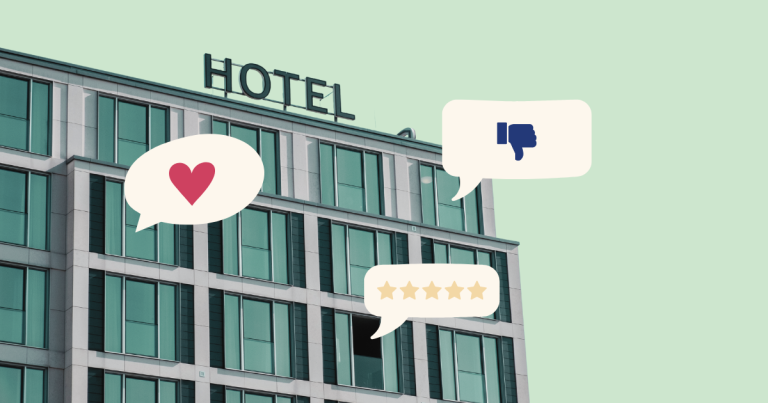Last week I wrote a blog post about “The blueprint for building a customer-centric organization”. This got so much internal and external feedback, that I thought I’d explain it a bit more.
The claim in the post that raised eyebrows was the following:
Achieving the “Customer-centric” level is not and should not be the ultimate goal for every company
How come? Of course everyone should strive to become customer-centric – right? Right?
Understanding the CX Maturity Matrix
Before we tackle that question, let’s quickly go over the CX Maturity Matrix. It’s a framework that outlines five levels of growth. Starting with ‘Reactive’, where customer interactions are hit-or-miss and feedback is rare. And ends in ‘Customer-centric’, where everything the organization does, revolves around customer experience (CX). Moving from one level to the next requires better tools and tech, but also a deeper dedication from the whole organization to putting customers first.
Why customer centricity isn’t for everyone.
The High Stakes of High CX Maturity
Levelling up your CX Maturity is no small feat. It requires substantial investments in technology, human resources, and perhaps most challenging of all, a shift in company culture. The allure of reaching the ‘Customer-centric’ status is undeniable. But is it viable?
For many companies, particularly those with limited resources or those in niche markets, the investment needed to meet and sustain this level may not align with their strategic or financial realities.
Thus the decision to pursue high CX maturity should not be made in isolation, but should instead be a reflection of a company’s overarching strategic objectives. In scenarios where a business enjoys a monopolistic advantage in a niche sector, or where its business model is product-based or commoditised, the necessity for a high level of CX maturity may not be as pressing.
However, it’s crucial to keep your eyes open; a significant CX gap can become a foothold for competitors.
The Monopoly Exception and the Dynamics of Competition
In particular, niche monopolies present an intriguing case. Such companies might operate quite successfully without the need for intense CX focus, at least in the short term. Yet, this does not warrant complacency. Markets are dynamic, and today’s monopoly could become tomorrow’s battleground for customer loyalty. Thus, even in monopolistic scenarios, a baseline level of CX that meets customer expectations is indispensable.
Adapting to the Flow of Business and CX Needs
The CX journey is far from linear. Companies might find themselves moving back and forth across the maturity spectrum as their strategic priorities evolve. Flexibility and adaptability in CX strategy allow businesses to respond to market changes, technological advancements, and shifts in customer behavior.
Some common scenarios where a need for a larger shift might come:
- New or updated business strategy
- New senior leadership
- Sales lagging
- Sales flying
- Churn increasing
- New funding round
- A sudden shift in tech (think e.g. AI)
- Market dynamics change with a new player coming in or old one leaving
As you can see, there are both internal and external forces that might push you towards rethinking your CX Strategy. There is no shame in moving up, down or even staying where you are. Your business strategy dictates your CX strategy, not the other way around.
Toward a Balanced CX Strategy
In conclusion, while the pursuit of CX excellence is commendable, it is not for everyone. Companies must carefully examine their strategic goals, market position, and resource capabilities to determine their optimal position on the CX Maturity Matrix. A balanced, strategic approach to CX — one that aligns with the company’s unique circumstances and aspirations — is key to fostering meaningful customer relationships and achieving sustainable success.
Engage and Reflect
As we wrap this up, I invite you to reflect on your company’s CX journey. Where does your business currently stand on the CX Maturity Matrix, and more importantly, where does it aim to be? Feel free to contact one of our CX experts to discuss your unique situation and how we can help you achieve your goals.
Did you like the post?

Surveypal
Everything you need to lead and improve your customer experience. Learn more at surveypal.com, or







